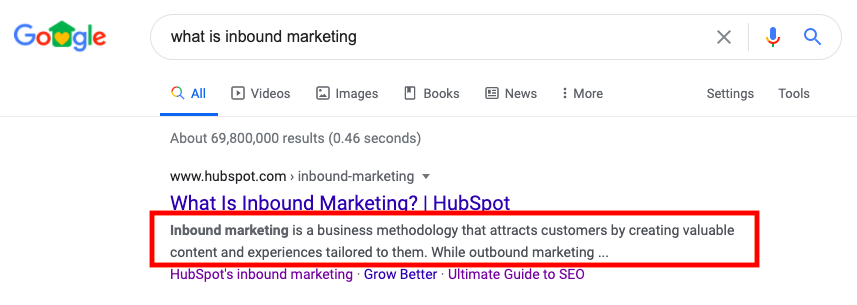How To Create Meta Description: An HTML element called a “meta description” gives a web page synopsis.
The purpose of a page’s meta description tag, which is included in the search snippet on a search engines results page (SERP), is to provide the user with a summary of the material on the page and how it pertains to their search request.
Contents
What Is A Meta Description, Exactly?
No, and yes. In September 2009, Google decided that neither meta description nor meta keywords are considered when determining search engine rankings.
However, the meta description may impact a page’s button ratio (CTR) in Google, which may favorably affect a page’s potential to rank.
It’s necessary to spend some work on developing them since meta descriptions can have a substantial impact on user behaviour and because they have an indirect effect on search rankings.
Why Will Google Not Use My Meta Description?
Search engines frequently disregard the meta descriptions of pages, showing text in the SERP snippet that differs from what is expressed in the HTML of the page. It can be challenging to predict when this will occur.
Still, it frequently does when Google decides that the current meta description does not sufficiently address a user’s inquiry. Instead, it chooses a passage of text on the same page that it considers to be a more truthful or compelling response.
How To Create A Meta Description
According to Google, a meta description must explain to users what the subject of the web page is. The search engines rank results based on the data in a meta description.
Consider your website’s meta description as a sales presentation. Ensure that it accurately summarises the site’s contents and provides context for why visitors will find it beneficial.
Mention The Answer To The Problem.
Offer an answer to the problem your readers are trying to solve. Indicate how many items are contained in the post and why visitors will find the critical transcription, for instance, if you’re building a listicle compilation of helpful CRM systems for your website.
Incite Readers To Take Action.
Try adding a call after your narrative to compel the reader to act or establish a sense of urgency.
Be Distinct And Interesting To Readers.
Anything eye-catching enough to keep someone from scrolling further down a SERP. This is especially useful if you want to create compelling and original material for the website. Imagine your site’s content is a blog article on amusing workplace memes.
Keep Your Meta Descriptions Unique.
Though Google won’t penalize you for it, duplicate meta descriptions on your website nevertheless hurt your SEO.
Conclusion
Your chance to attract readers is through your meta description. Ensure your website has a captivating meta description that tempts people to click on your content first. After all, if the purpose of your web pages is to aid and benefit browsers, then the material that describes them should do the same.






